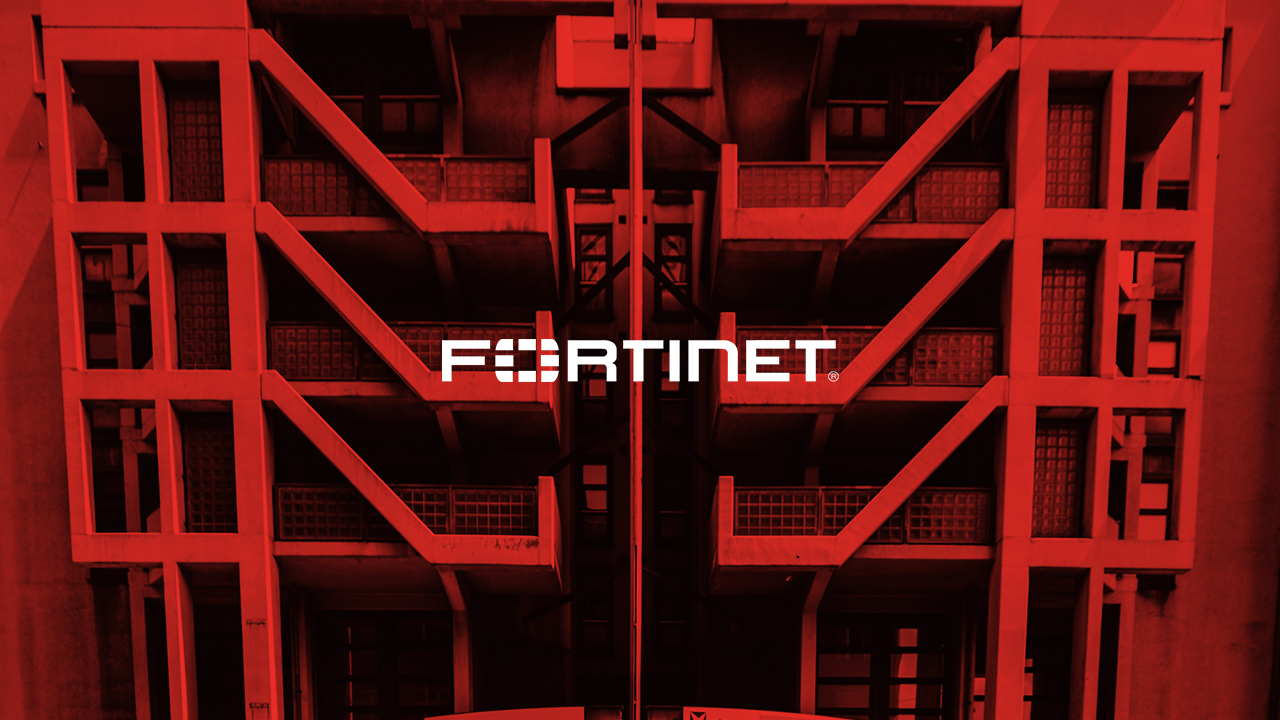When thinking about digital transformation, most people consider things just like the cloud, smartphones, and new applications. Some might also consider IoT. However one of the most disruptive results of digital transformation has been the fast emergence of the edge.
Edge-based networking is replacing the standard perimeter, enabling organizations to dynamically expand their networks, build dynamic WAN connections, adopt mobility and IoT methods, and enable the distributed process. it’s additionally introducing a large range of the latest security challenges that can’t be addressed with our current security solutions or methods.
Any time an endpoint or IoT device, a cloud container, a branch office, or any other configuration connects back to your core environment to deliver or collect data, process information, or run an application or workload, you’ve created an edge. The edge consists of various key elements:
- Edge Computing: one of the most consistent elements of any network modification is to maneuver data as near to the place it needs to be processed in order to respond to events in near real-time. Today, flexibility and mobility are a demand for several industries, including health care, telecommunications, manufacturing, and finance. Supporting this needs moving data closer to the edge.
- Edge Devices: And any device with a determinable IP address is an edge device. they’ll be smart consumer devices like phones and watches and cars, devices deployed at a branch office—such as specialized routers, integrated access devices (IADs), multiplexers, SD-WAN solutions, or perhaps containers within the cloud.
- Multi-Edge: Combining these components together creates multi-edge environments, like using an SD-WAN connection to enable interconnectivity with different branch offices, back to the core data center, out to mobile users, along with separate connections to the general public internet and to cloud applications.
Securing The Edge
There are currently several times more IP-enabled devices on earth than humans, and lots of those will support multiple connections. which suggests there are billions upon billions of edges in use at any given moment, with billions of additional potential edge devices simply around the corner. And each of those requires protection.
While the security of an organization is merely as good as its weakest link, a personal device at a branch network connecting to the general public internet might not need a similar degree of scrutiny as a video conference discussing intellectual property development. putting a balance between securing essential data and managing restricted resources like bandwidth as technical overhead needs building a tiered security strategy.
Set Trust Level
How does one make sure that every new edge connection receives the security it requires? Here are five basic requirements:
- Secure connections: encryption is crucial for devices connecting over publicly available networks. complex communications and collaboration necessities will need to develop and maintain a meshed VPN overlay. keep in mind that some transactions could need encryption beyond what’s provided by IPSec and SSL.
- Control access: All devices got to be identified at the instant of connection, and applicable policies got to be applied. Those policies then got to follow the connection, therefore, security and network devices on the data path, whilst it moves across and between cloud and edge environments, will participate in imposing those policies.
- Segment networks: authorized devices got to be allotted to a specific network segment wherever it may be closely monitored, access to unauthorized resources may be prevented, and devices or applications that begin behaving badly may be in real-time quarantined.
- Enable inspection: Applications and data got to be inspected. Security tools should examine encrypted data at network speeds and detect security events got to trigger an identical response across the complete distributed network.
- Centralize management: Devices got to be able to share and correlate threat intelligence, distribute policy systematically, identify anomalous behaviors, and orchestrate a uniform response through a central management system.
Conclusion
The growth of the edge is completely transforming today’s networks, and therefore the delivery of 5G can solely drive that transformation quicker. to address the new security challenges that the edge is introducing, we want to grasp two things:
The legacy security solutions that brought us to the current point cannot take us any longer. The security that focuses on a connection through a gateway on a perimeter, or maybe on inspecting the content flowing through that connection, has very little usefulness in a very world whenever networks, data, workflows, and devices area unit in a very constant state of flux. A one-size-fits-all approach to edge security is definite to fail. Security not solely must span the complete distributed network, however additionally dynamically change while not human intervention to continuous network changes. Instead, sanctioning the networks of tomorrow needs organizations to radically reimagine the security solutions they need in place these days, beginning with the recommendations outlined higher than.





